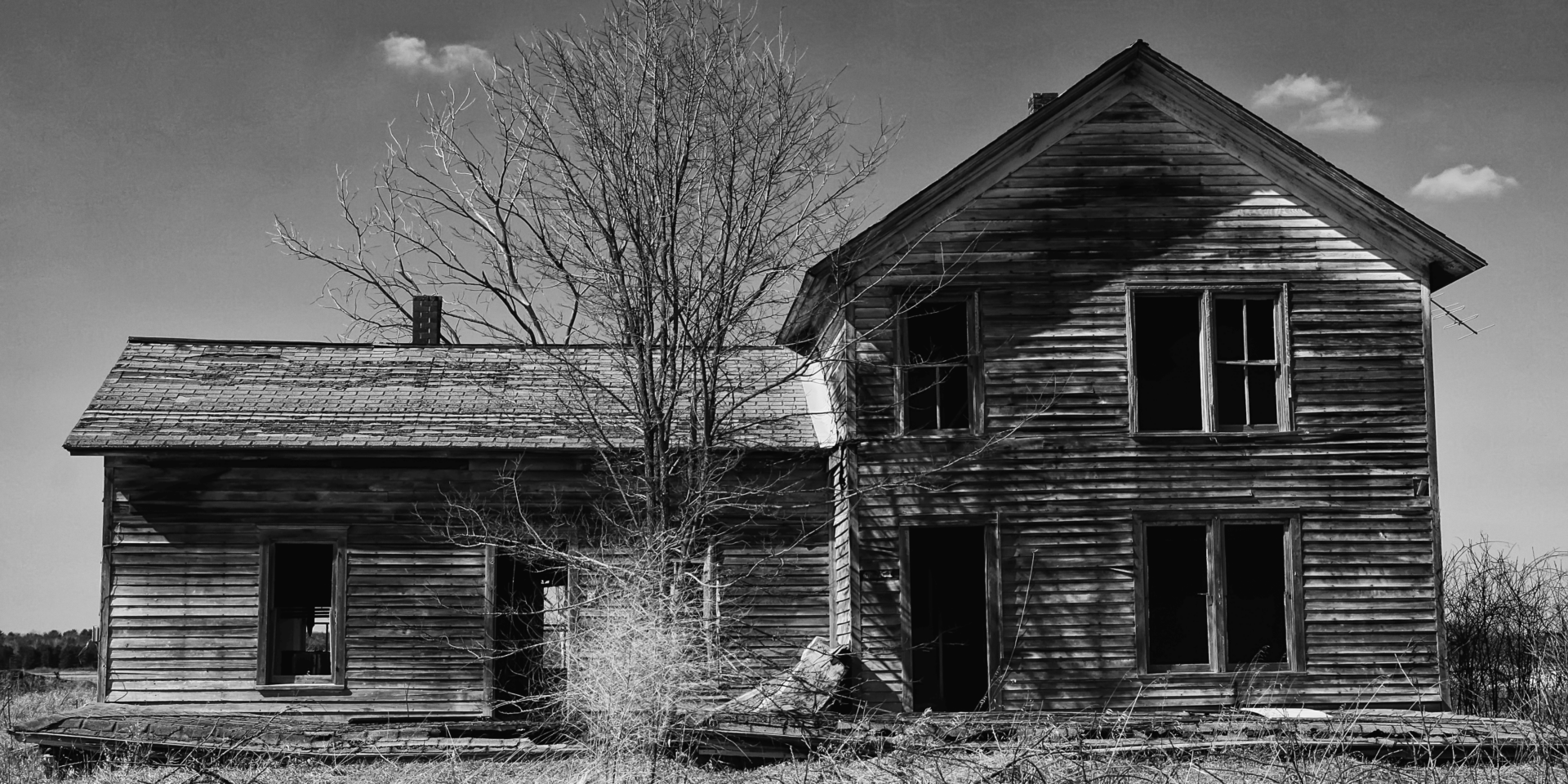Forgotten Towns as Gateways to the Past
Forgotten towns carry the weight of stories that shaped America’s growth. Though many of these places no longer thrive, their histories reveal the challenges and innovations that built the foundation of the nation. The remnants of streets, buildings, and records connect modern life to the struggles and aspirations of earlier generations. Each forgotten town holds lessons about resilience, adaptation, and transformation.
The Economic Role of Early Settlements
Many forgotten towns emerged as centers of economic activity. Mining towns grew around rich deposits of gold, silver, and coal, fueling industry and national expansion. Railroad hubs connected distant regions, moving goods and people across the continent. When resources were depleted or trade routes shifted, these towns faded, leaving behind traces of their once vital role. Their rise and decline demonstrate how local economies influenced national progress.
Political Influence of Small Communities
Beyond economics, forgotten towns often shaped political decisions at regional and national levels. Town meetings, newspapers, and local leaders helped spread ideas that influenced broader debates. Grassroots activism in small communities supported movements that transformed labor laws, voting rights, and regional governance. Though the towns themselves may be quiet today, their contributions echo in the policies and institutions that remain.
Cultural Identity Preserved in Forgotten Towns
Forgotten towns often served as cultural crossroads, blending traditions from different groups who lived and worked together. Immigrants carried languages, foods, and customs that took root in these communities. Local celebrations and religious gatherings reflected this diversity, leaving behind traditions that spread beyond the towns themselves. Even when populations declined, their cultural influence continued, shaping regional identities that remain visible today.
Forgotten Towns as Markers of Migration
Population shifts often determined the life span of a town. Families moved westward in search of land, jobs, or safety, leaving behind once-bustling communities. Migration patterns reflect both opportunity and hardship, showing how Americans continually reshaped the map in pursuit of better lives. These abandoned towns stand as physical reminders of the constant movement that defined the nation’s development.
The Environmental Legacy of Abandoned Settlements
Forgotten towns also reveal the impact of human settlement on the land. Abandoned mines, mills, and factories altered landscapes in ways that remain visible long after the towns disappeared. Rivers redirected for industry and forests cleared for farming left marks that continue to shape ecosystems. These legacies remind us that human activity leaves lasting consequences, even when communities fade from memory.
A Realistic Scene of a Forgotten Town
At sunrise, a row of empty buildings stands along a dusty street, their wooden frames weathered but still upright. The wind moves through broken windows, carrying the smell of dry earth. Faded signs mark where shops once welcomed customers, while a rusted rail line stretches toward the horizon. In the silence, the town feels suspended in time, preserving the moment when daily life stopped. This scene illustrates how forgotten towns hold stories in their stillness, waiting for recognition.
Preservation of Forgotten Towns and Their Stories
Some forgotten towns receive attention through preservation efforts. Historical societies document their records, restore landmarks, and share stories with visitors. These efforts ensure that the contributions of small communities are not erased by neglect. Preserved towns provide insight into daily life of earlier eras, allowing people to walk streets that once shaped regional growth. By protecting these sites, history remains visible rather than confined to archives.
Forgotten Towns as Part of National Memory
The history of forgotten towns is not only local but national. Each community represents a piece of the larger story of America, from industrial expansion to cultural integration. Their silence today does not erase their impact on the nation’s trajectory. Recognizing their role ensures that progress is understood not only through thriving cities but also through the towns that laid groundwork and then faded from view.
Remembering the Towns That Built a Nation
Forgotten towns shaped the nation’s history through their economic contributions, political influence, cultural diversity, and environmental impact. Their stories reveal the movement, labor, and traditions that defined generations. Though many now stand empty, their presence continues to inform how we understand America’s past. By looking closely at these towns, we see not decline, but the evidence of growth, transition, and resilience that built the nation.

